.jpg)
A Renaissance Recipe: Bartolomeo Scappi's Fruit-Filled Cinnamon Twists
.jpg)
Author Crystal King muses on life, history, writing and food.
.jpg)
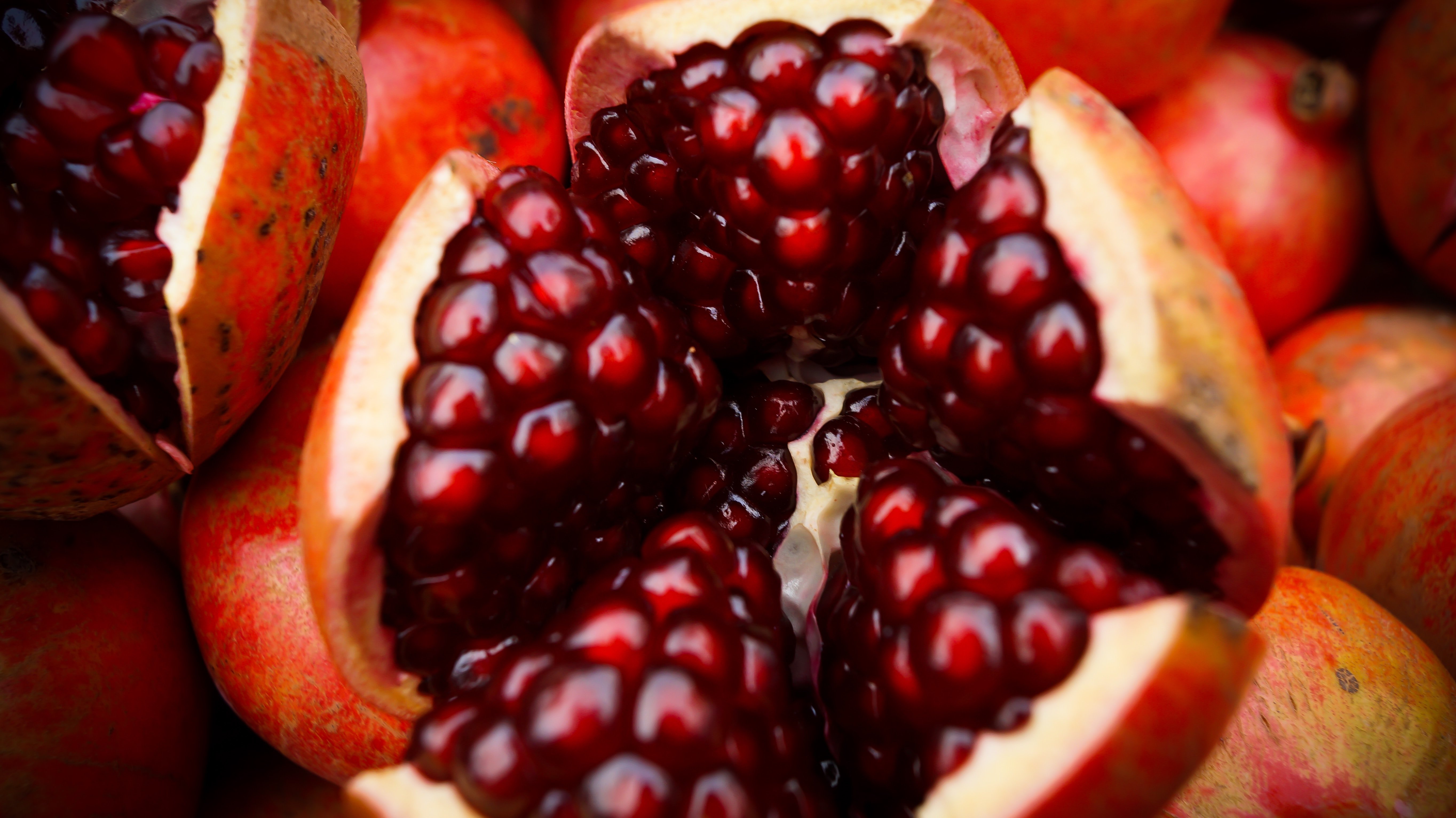
The first turkey recipes appear in the Italian cookbook in L'Opera di Bartolomeo Scappi (who happens to be the protagonist in my novel, The Chef's Secret). Turkeys found their way to Italy during the Renaissance, but it wasn’t until the latter half of the century that they were deemed suitable for eating. As you might know, turkeys are a bird native to the Americas and were prized by the ancient Aztecs and Native Americans alike. Christopher Columbus noted the bird when he first came to America, but it wasn't until around 1519 when Spanish and Italian explorers first brought turkeys to Europe. Initially they were regarded as a beautiful and strange oddity, and many nobles kept them as pets or gave them to others as extravagant gifts. They were loved for their unique look, with artists depicting them in sculpture and paintings. The sculpture you see here, by Italian sculptor Giambologna, is from 1560, of the prized pet of Cosimo di Medici. The Italians called them gallo d'India (or birds of India) because of general geographical confusion by early explorers. Eventually, however, turkeys became even more loved for their delicious and unusual flavor.
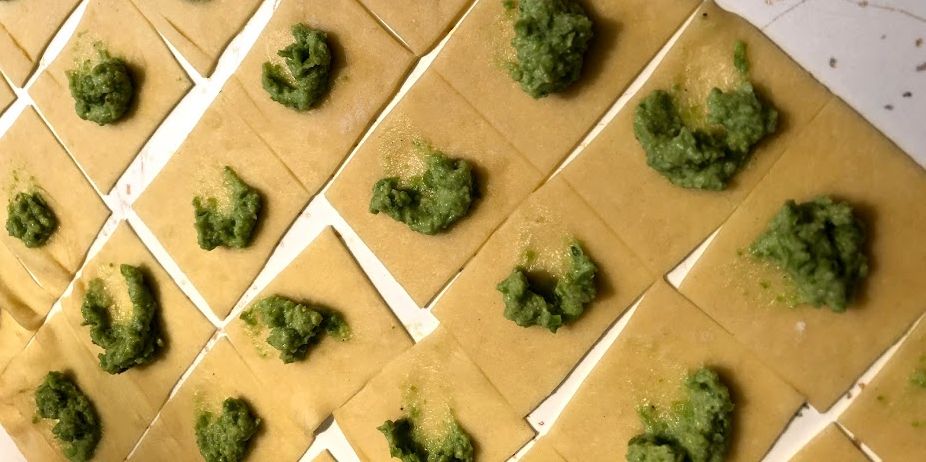
One of my favorite things about writing THE CHEF'S SECRET was trying my hand at some of Bartolomeo Scappi's recipes. L’Opera di Bartolomeo Scappi includes some of the first recipes resembling what we know as pasta today, including stuffed pasta such as tortellini and tortelli. It was a fun challenge trying to figure out how to make this recipe, from Book II.252 of L’Opera, work. The dough, which is made with with sugar and rosewater but no oil, is a bit softer and more pliable than what is common today. The spices lend themselves well to the peas, however, and this makes a perfect spring dish. But if you are like me, and love peas any time of the year, by all means, go with the frozen peas. It's still a delightful and surprising dish!
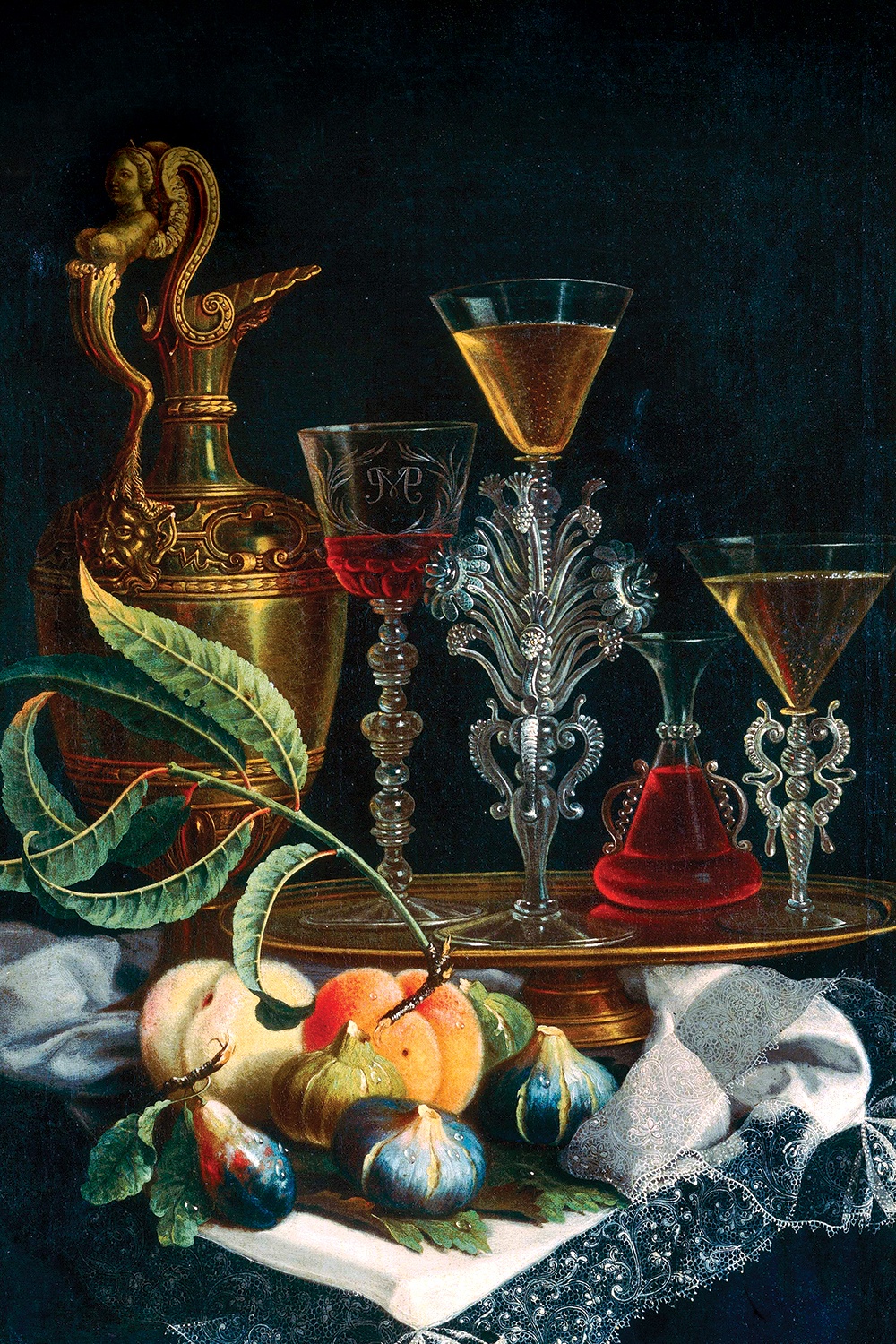
In just two weeks, The Chef's Secret will be out in the world! Check out the book trailer to learn more.
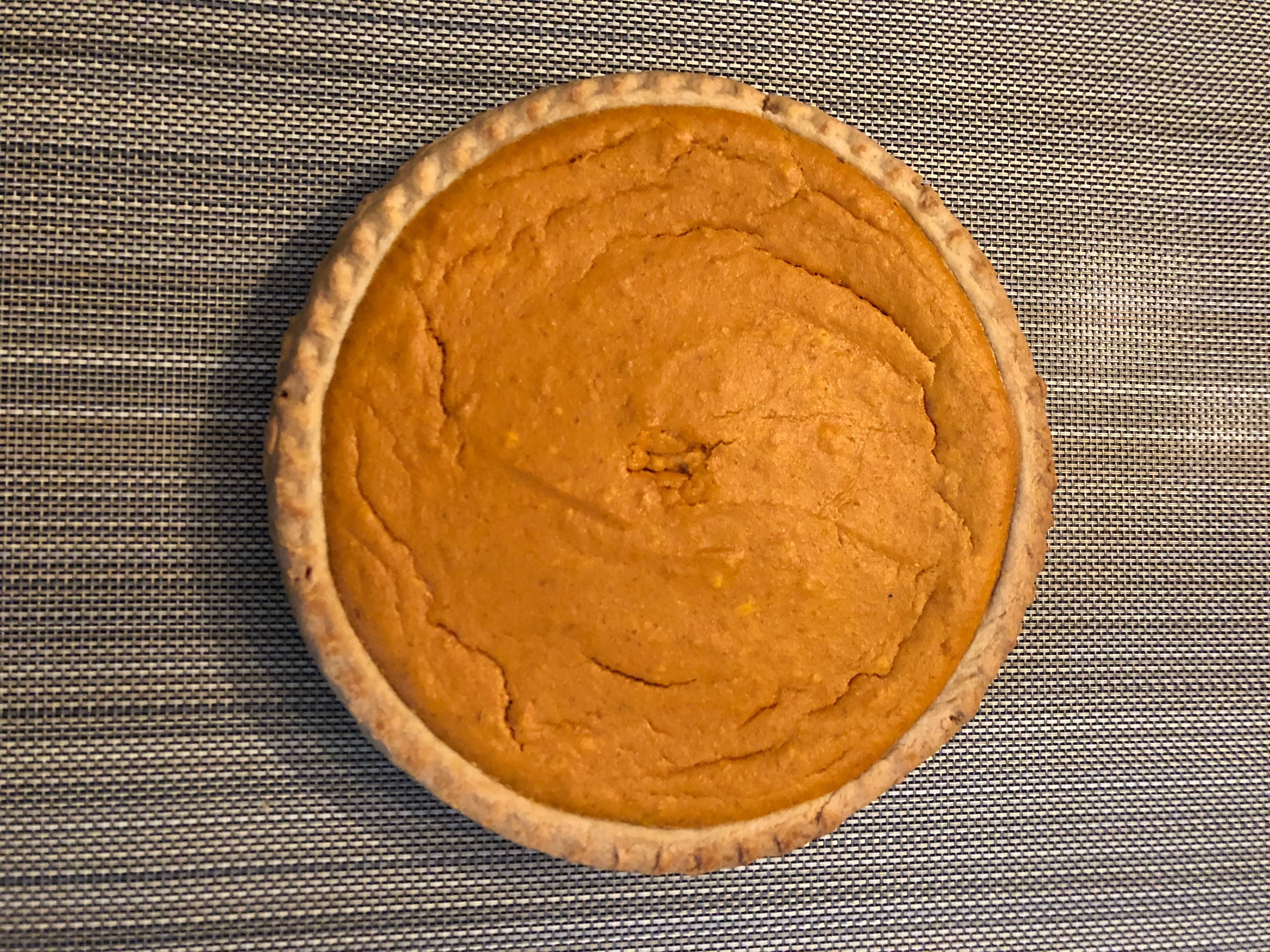
It's #NationalPieDay!! So of course I had to share one of my favorite Renaissance recipes, one for a pumpkin tourte.
Pumpkin pie in the Renaissance? I hear you say. Isn't that a food from North America? Why yes, but let me explain. In renowned chef Bartolomeo Scappi's 1570 cookbook, he describes a pie which includes a recipe for a gourd that translates as the word "pumpkin." Now, the word for "pumpkin" has been used on a variety of gourds throughout the centuries, dating back to ancient times. It's possible that the pie he describes was actually a squash pie, but with the influx of foods from the new world (Scappi also includes some of the first European recipes for turkey in his book), I like to think that perhaps the pumpkin that we know and love today might have been what Scappi was using when he created this recipe.
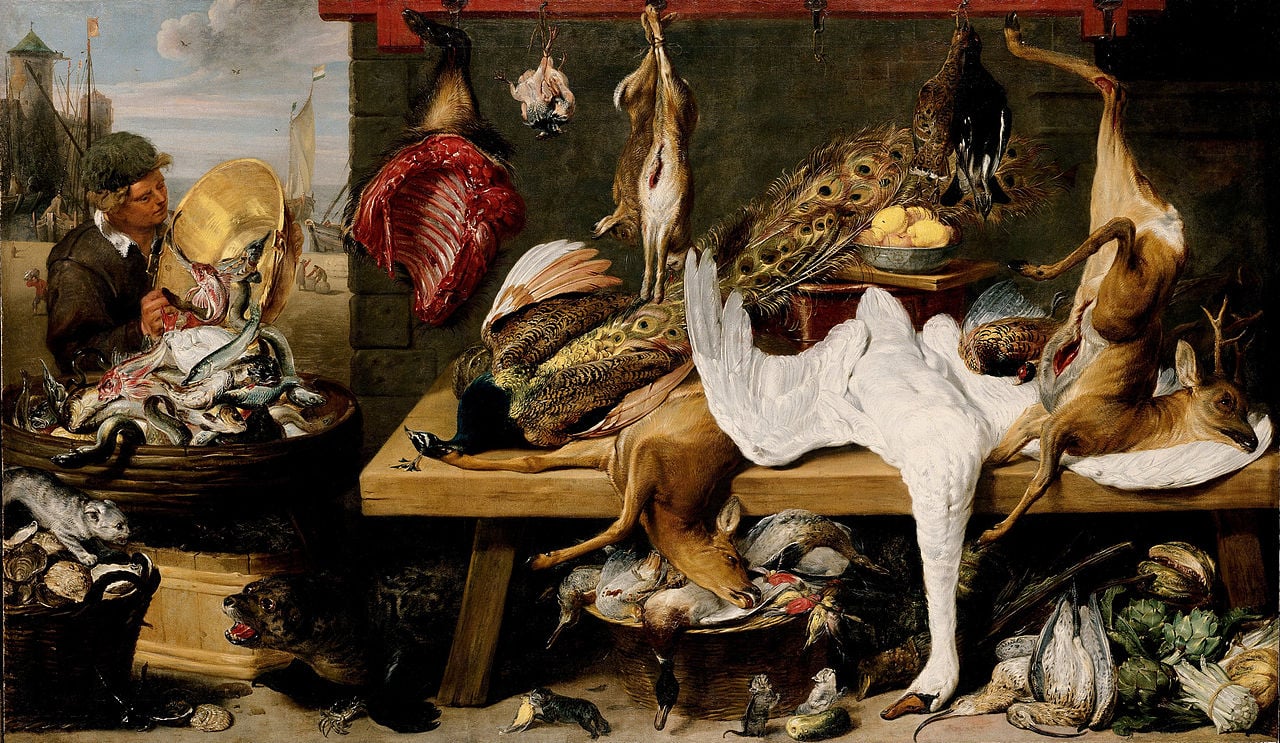
Renaissance chef (and character in my second novel), Bartolomeo Scappi, wrote a cookbook that was released in 1570 and was one of the most reprinted cookbooks over the next two hundred years. One of the most wonderful things about his cookbook, The Opera of Bartolomeo Scappi, is that it is still very accessible today. There are exceptions, for example, modern audiences would not be interested in some of the meats (hedgehog or blackbird anyone?), and many of the items are not readily available or, like his feathered peacock, are too elaborate too make.
Fortunately, many of his recipes are are still pretty easy to figure out. Like this one for braised beef:
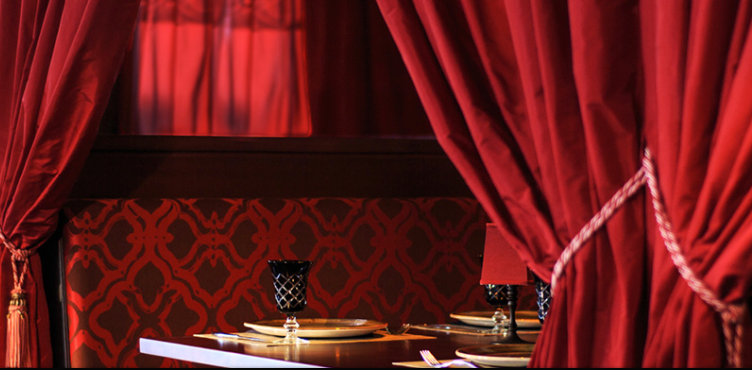
On Friday night my husband and I had the immense pleasure of checking out a new restaurant in Boston, M.C. Spiedo, located in the Renaissance Hotel on the waterfront. The chefs are from Maine's famous Arrows and MC Perkins Cove, Mark Gaier and Clark Frasier (they're also Top Chef:Masters as well!). We're fairly big food nerds and love trying out new places, but when I heard about M.C. Spiedo's focus on Italian Renaissance inspired food, the excitement went to a new level. Here? In Boston? Someone creating the dishes from the era of Bartolomeo Scappi, the central character in my second book? How incredible is that?
Pretty damn incredible, let me tell you. The restaurant is modern, but everywhere you look there is a reminder of the past, from the big red bordello-style booths, to the large portraits hanging, to the fantastic bookplates from Scappi's L'Opera on the walls in the bathroom.
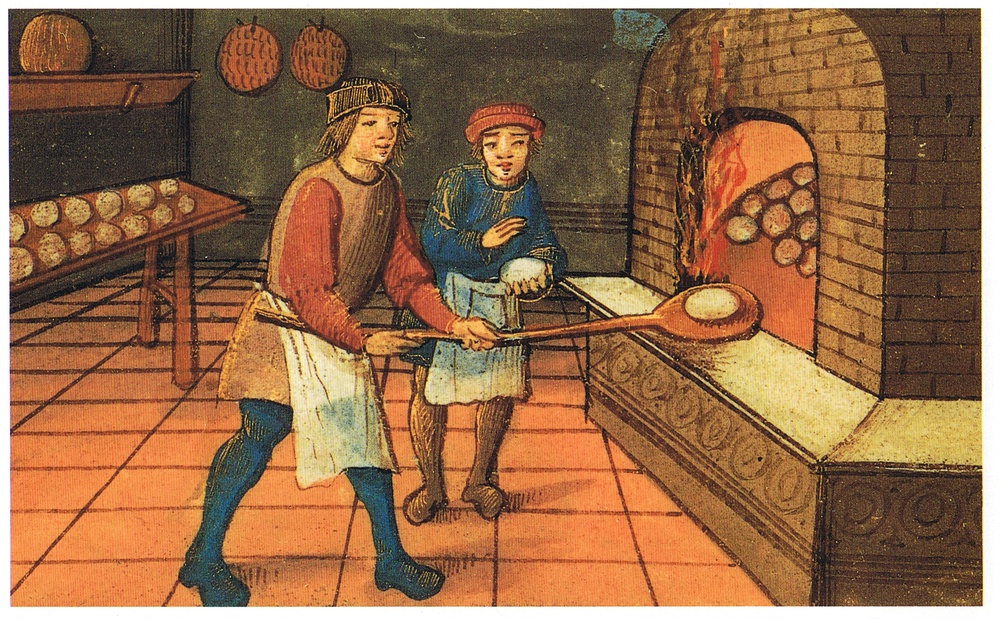
In early 2013 a Latin manuscript was discovered that contains some fascinating early medieval recipes. The manuscript dates from 1140 from the Durham Cathedral monastery in the UK. The recipes are primarily medicinal in their variety, with the intent to heal the sick and infirm. These recipes are nearly 150 years older than other known medieval era recipes.
I wish I could find a bit more information but it doesn't seem that any individual recipe translations have yet been published. The researchers are apparently working on a book that will be titled "Zinzibar" which is the Latin word for ginger.
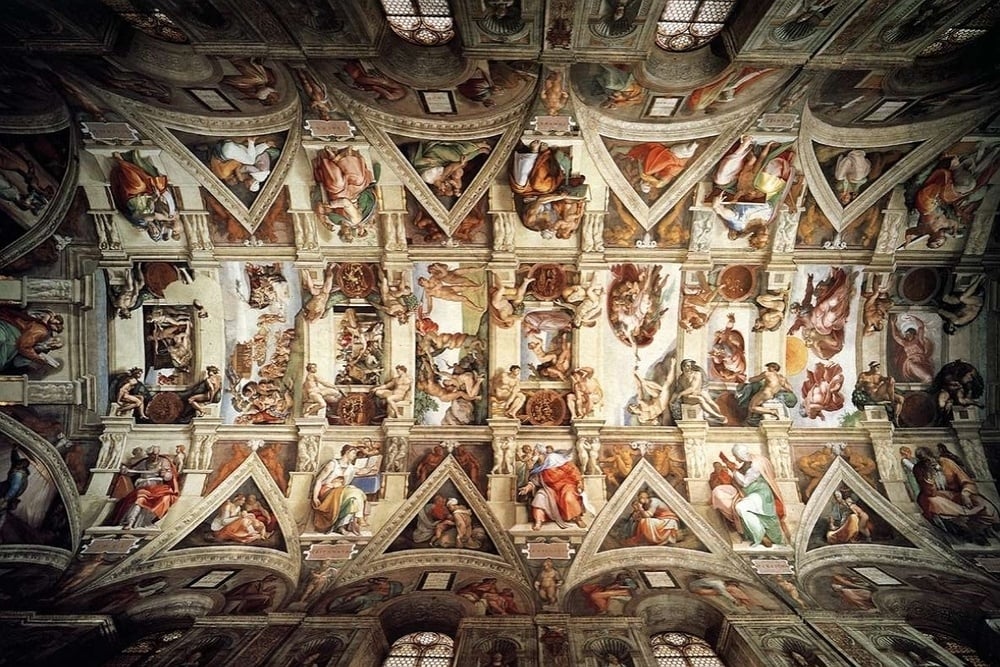
The last month has been a month of massive tumult for the Catholic Church. For the first time in 400 years a Pope is resigning. There have only been five Popes to resign and all of them resigned under great duress, or in the case of Gregory XII, he did it to end the Western Schism. This is the first Pope to cite "health" problems as a reason to resign and the first to revise rules regarding the convening of the Papal conclave so that it can be convened sooner than in the past (usually they have to wait 15 days). I have a bunch of my own speculations about that, but there are a million other places that the woes of the Church can be debated.
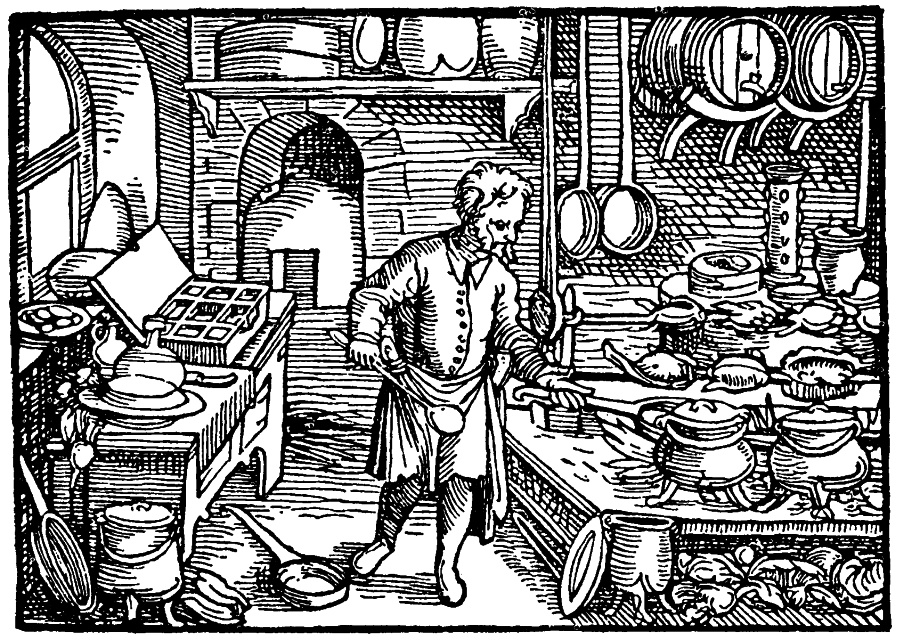
As readers of this blog already know, the novel I'm currently writing is about yet another cook, Bartolomeo Scappi, who was a Renaissance chef to several cardinals and Popes. The BBC has a great special called Carluccio & The Renaissance Cookbook which aired a few years back. You can check it out here though.
Fascinating! Looks like I'll have to go to Dumenza at some point to check out the Scappi menu at that restaurant! In the meantime, I'll definitely be trying that risotto and the mushroom tart!

I'm working on research for my next book, on Renaissance chef, Bartolomeo Scappi. I find the whole research side of historical fiction fascinating. It's like peeling back layers of paint on an elaborate painting to discover the essence of the people who inspired and created such masterpieces.
One of my characters is related to Agostino Chigi, one of Rome's wealthiest bankers in the early 16th century. Some tourists may be more familiar with him as the man who built the Villa Farnesina on the banks of the Trastevere. It sports paintings by Raphael, Baldassare Peruzzi, and Sebastiano del Piombo. But for the most part, it is often left off of itineraries of busy travelers who head straight for the Forum or the Trevi Fountain. This is a good thing, in my opinion, because it makes the visit so much more pleasant for those who want to bask in the sumptuous frescoes without being jostled by too many others.